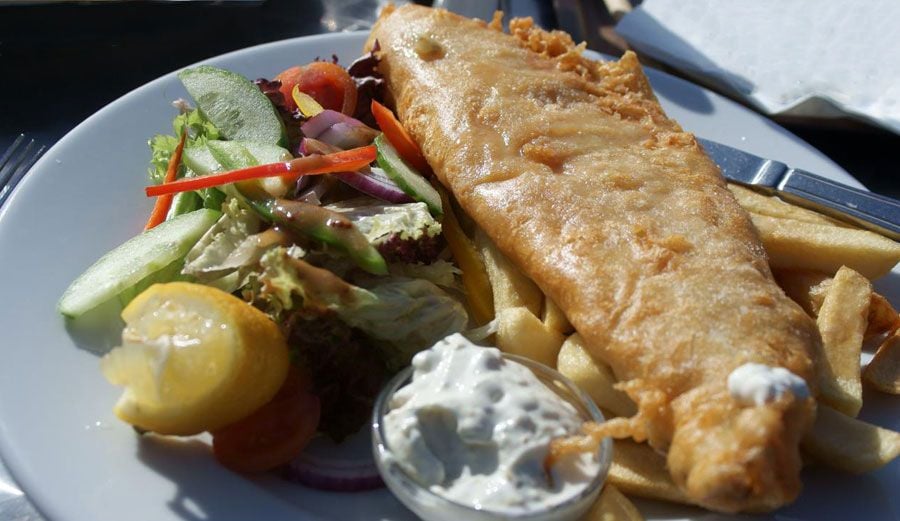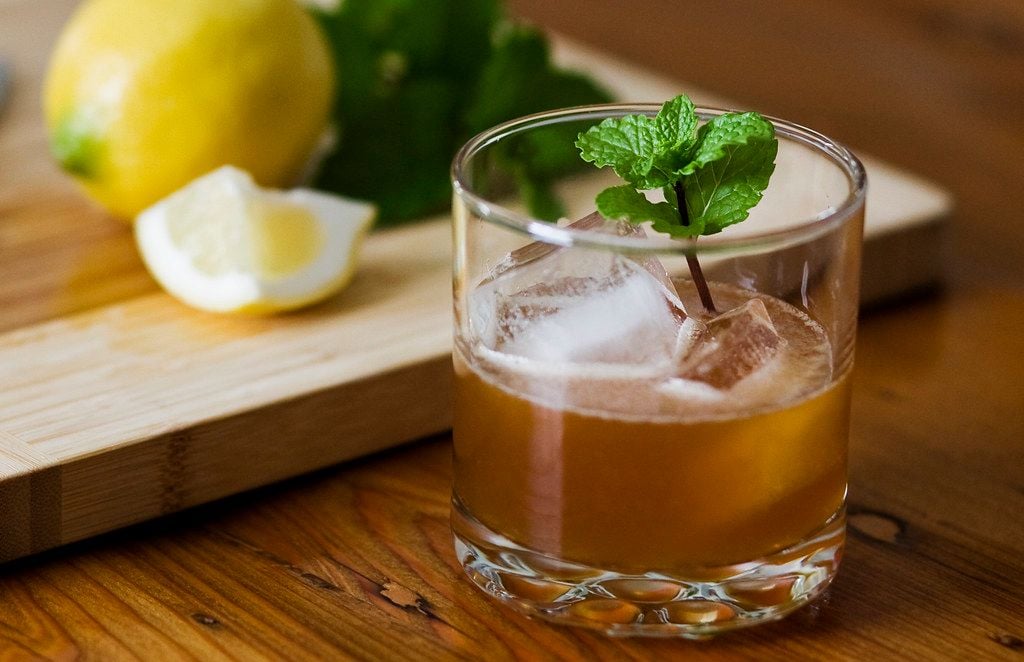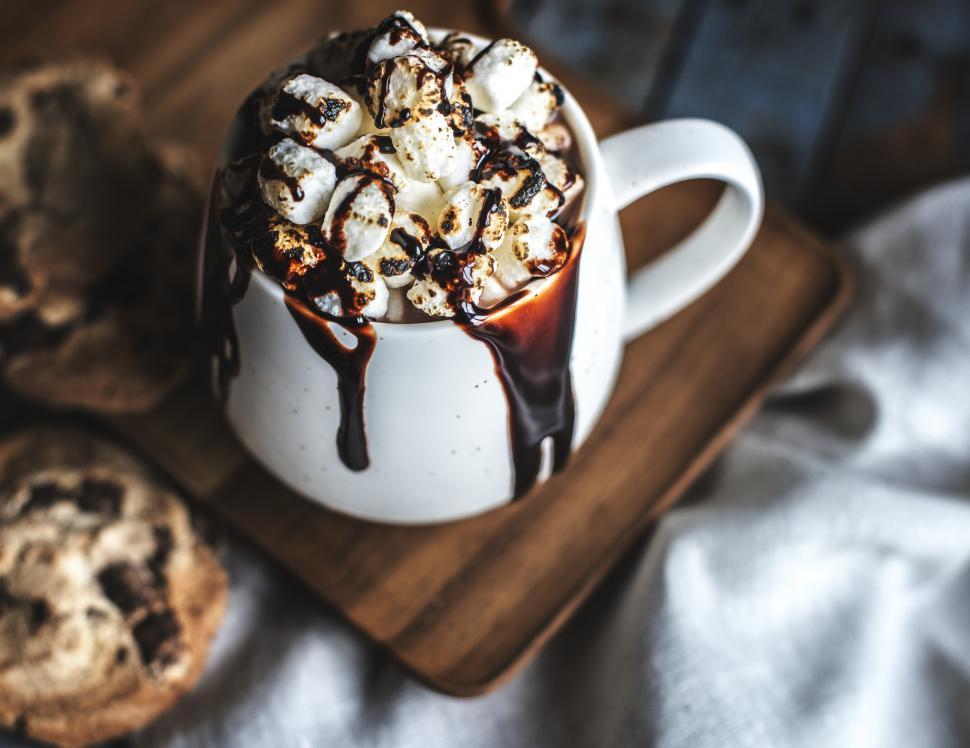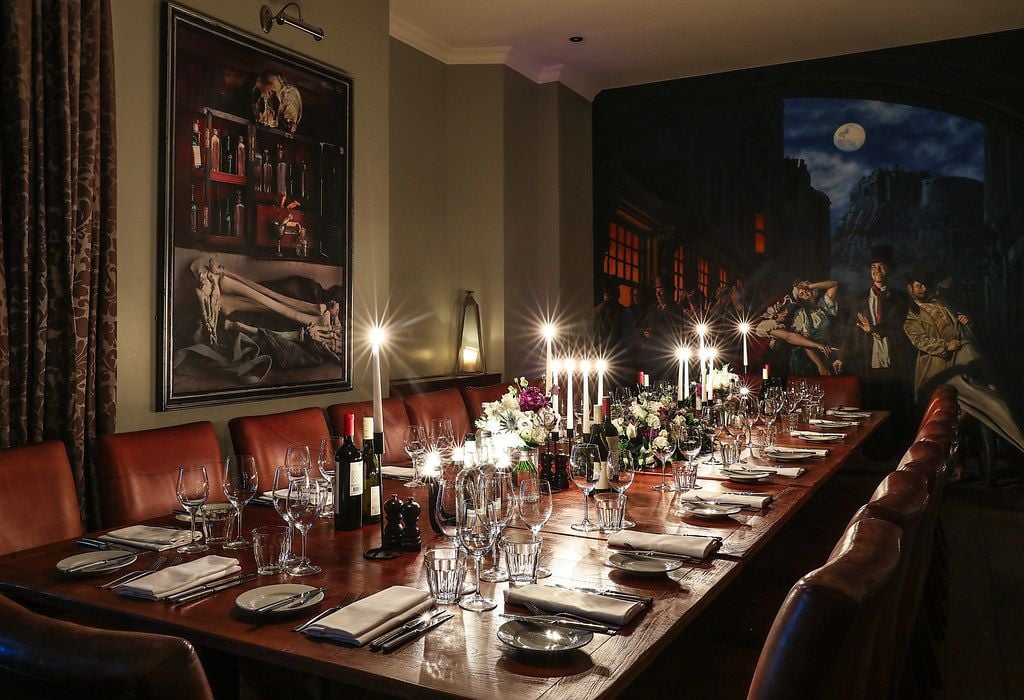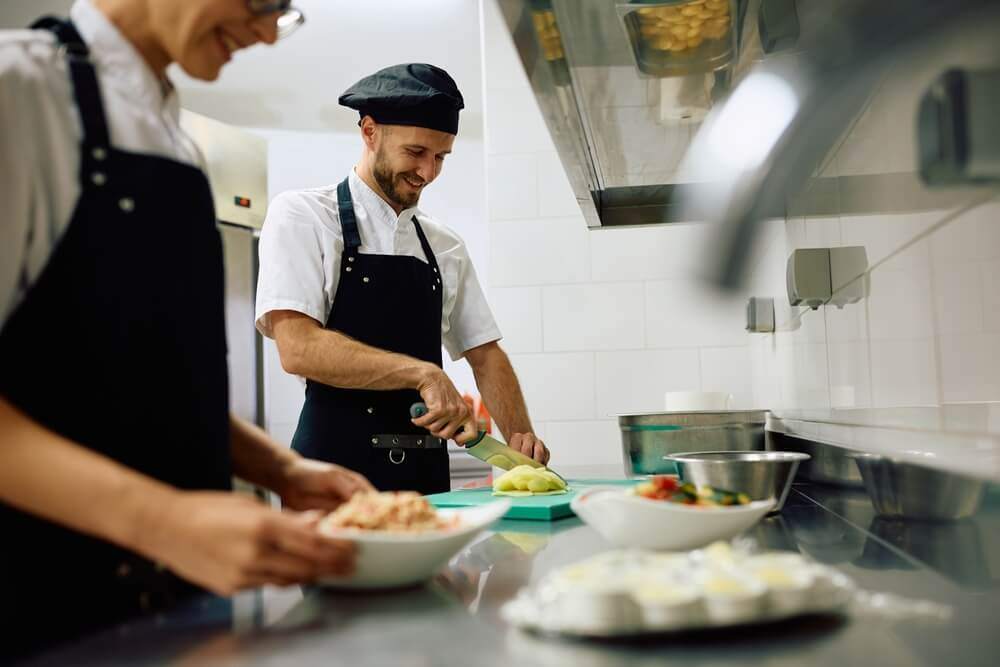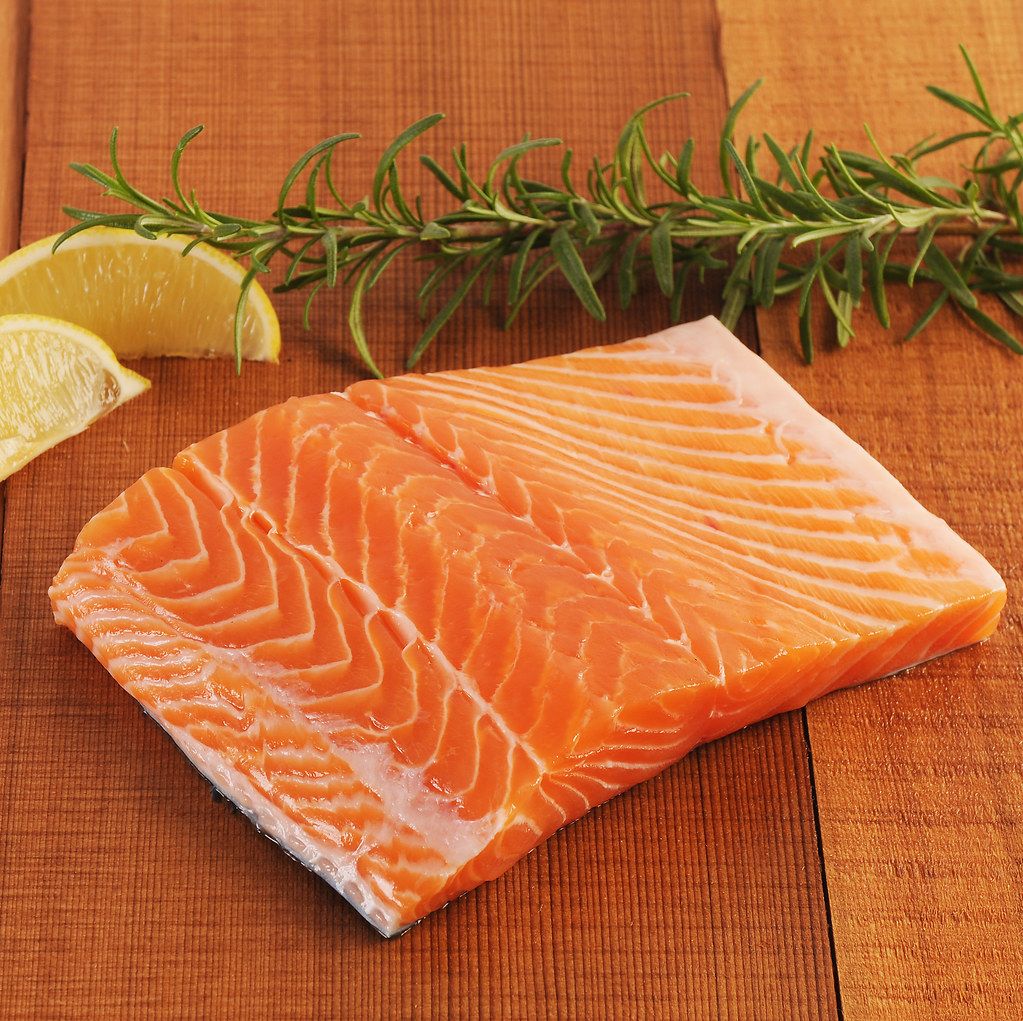
An Unexpected Bite: Lab-Grown Salmon Explored
- Oct 8, 2025
We've entered a new era of seafood with the unveiling of the first lab-grown fish approved by the FDA. While I initially assumed that this novelty would be out of reach, a recent trip to Seattle gave me the opportunity to sample this scientific wonder.
I discovered that acclaimed Seattle chef, Renee Erickson, was the latest to add Wildtype's lab-produced salmon to the culinary offerings at her restaurant, The Walrus and the Carpenter. Eager to taste this innovation, my wife and I, accompanied by our adventurous friends, made way to Erickson's esteemed establishment.
Wildtype, a leading company revolutionizing seafood, grows salmon fillets in a converted San Francisco brewery using cells from juvenile Pacific salmon. This form of salmon, while authentic fish meat, includes non-fish components such as algae-generated fats, sunflower seeds, and soy, among others, to deliver the perfect texture and taste of traditional salmon.
However, if you're an individual abstaining from fish due to allergies to finfish or vegetarian reasons, this fish innovation might not sway your dietary preferences.
Wildtype's founding duo, Justin Kolbeck and Aryé Elfenbein, believe in the potential of their lab-grown salmon to fill the void felt by seafood enthusiasts, particularly sushi lovers, who have given up on traditional farmed fish. Culinary professionals such as Adam Tortosa of Robin in San Francisco and Yoshi Okai of Austin's Otoko have embraced Wildtype with open arms.
Also a supporter of Wildtype, Erickson ardently opposes farmed salmon, citing environmental and taste concerns. Her passion for sustainable seafood is echoed by Gregory Gourdet, the first chef to serve Wildtype at his esteemed Haitian restaurant, Kann, in Portland, Oregon. Gourdet envisions lab-grown fish as a crucial solution to the impending crisis of declining global fish populations.
At Erickson's restaurant, we tasted the cultivated salmon in a crudo dish, complete with honeydew melon, cantaloupe, crispy shallots, and slices of serrano chile. The fresh and exciting flavors of the dish however did not overshadow the lab-grown salmon's unique, squishy texture, akin to mochi.
However, despite some technical challenges, Kolbeck signifies the relentless pursuit of Wildtype to perfect their product based on feedback from chefs and diners: A "Recipe 2" is in the works.
As someone concerned with sustainable seafood, I approach the lab-grown fish trend with skepticism. I can't overlook the potential dangers associated with the cultivation process such as greater resource consumption and unstable cultured cells. But tasting the food of the future, as Gourdet calls it, has further piqued my curiosity around the potential changes derived from lab-grown fish.

